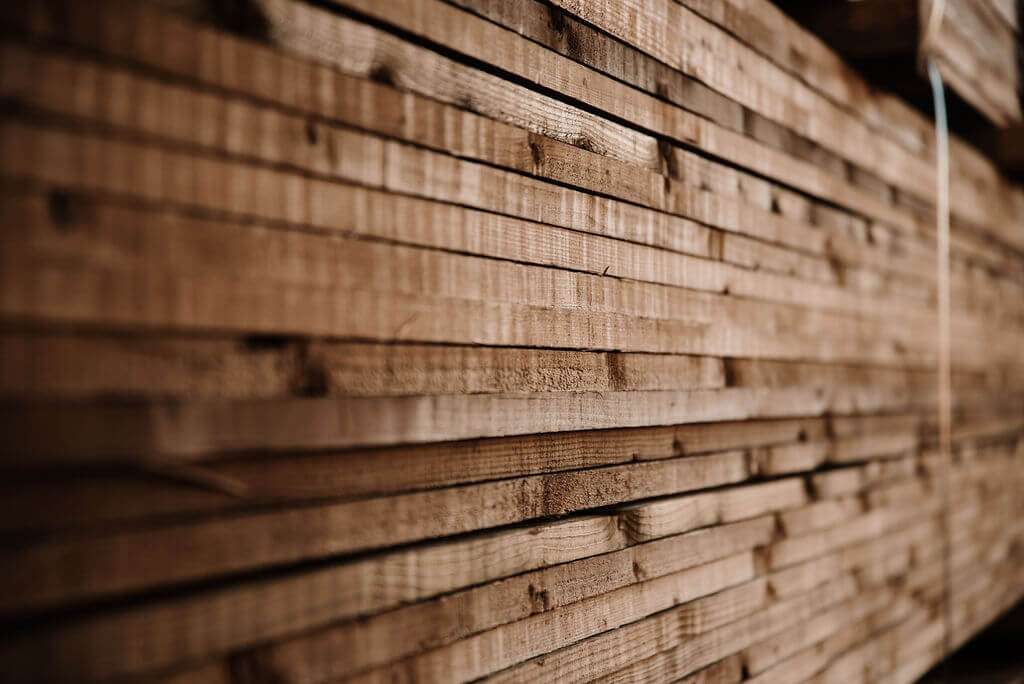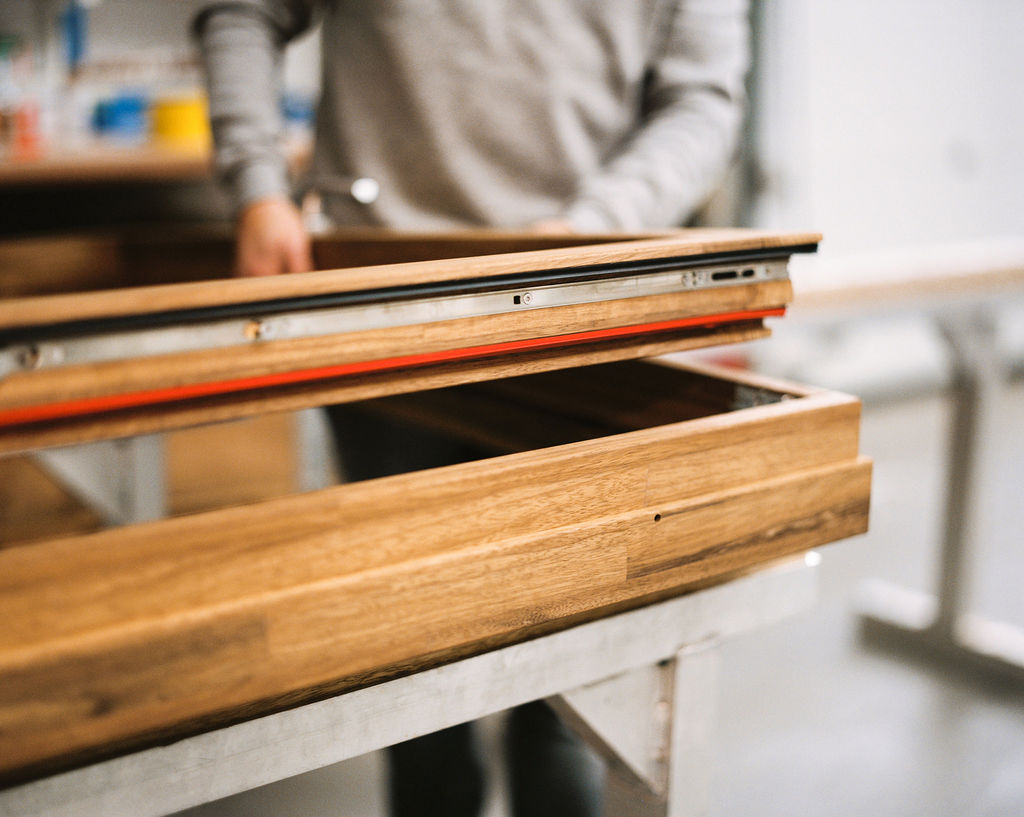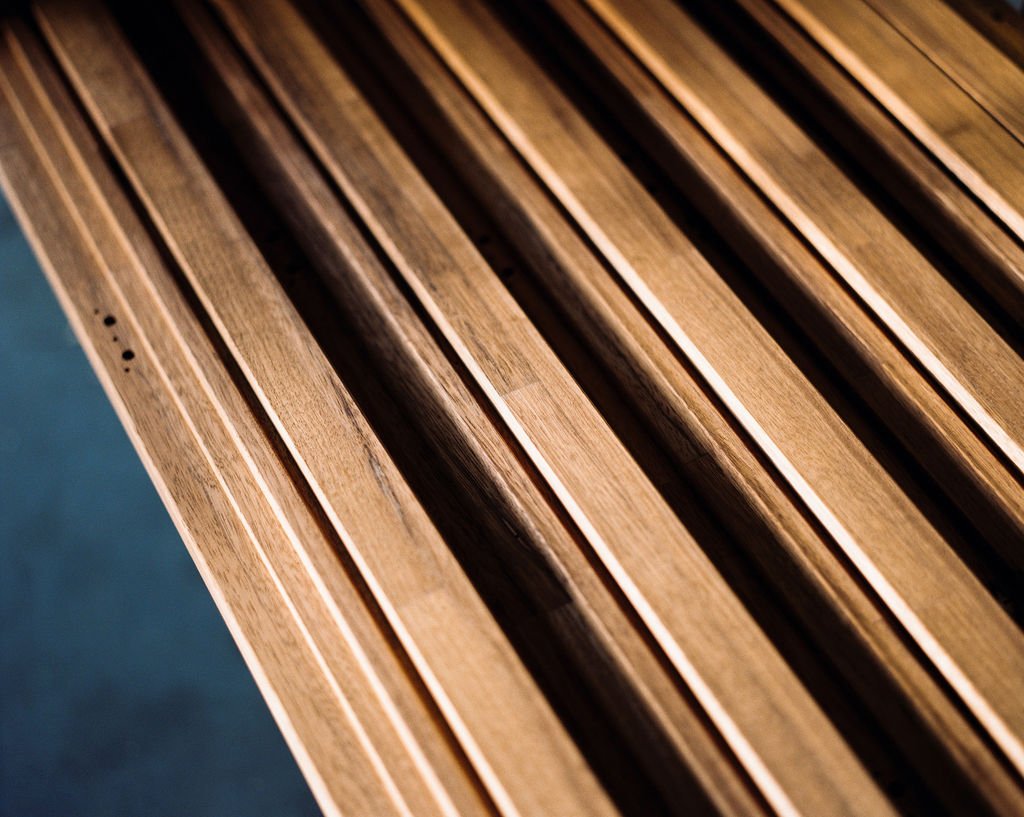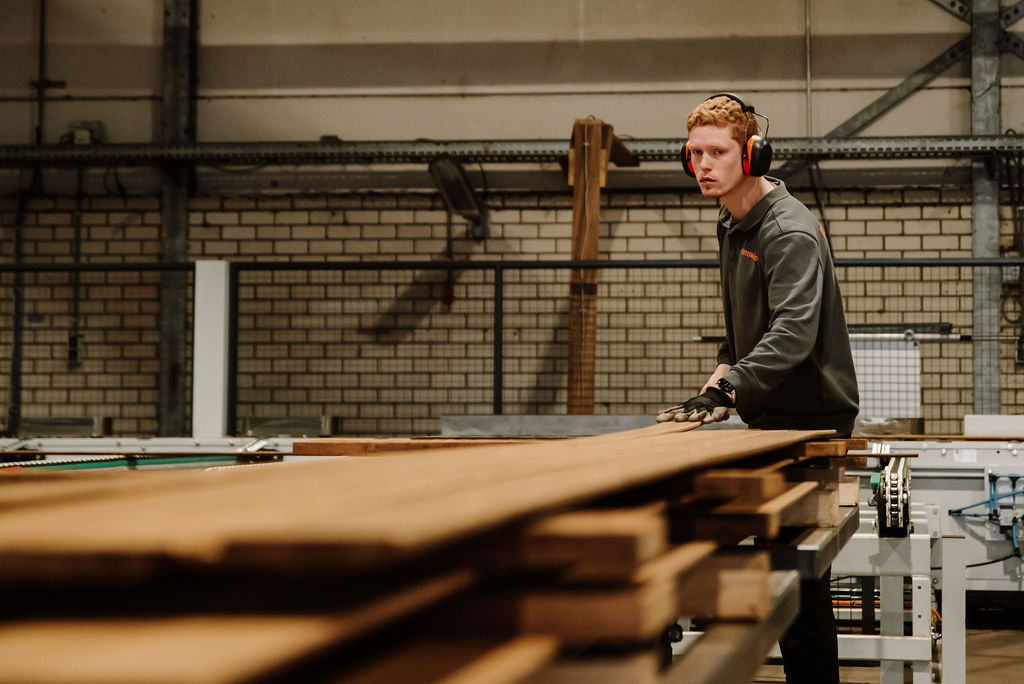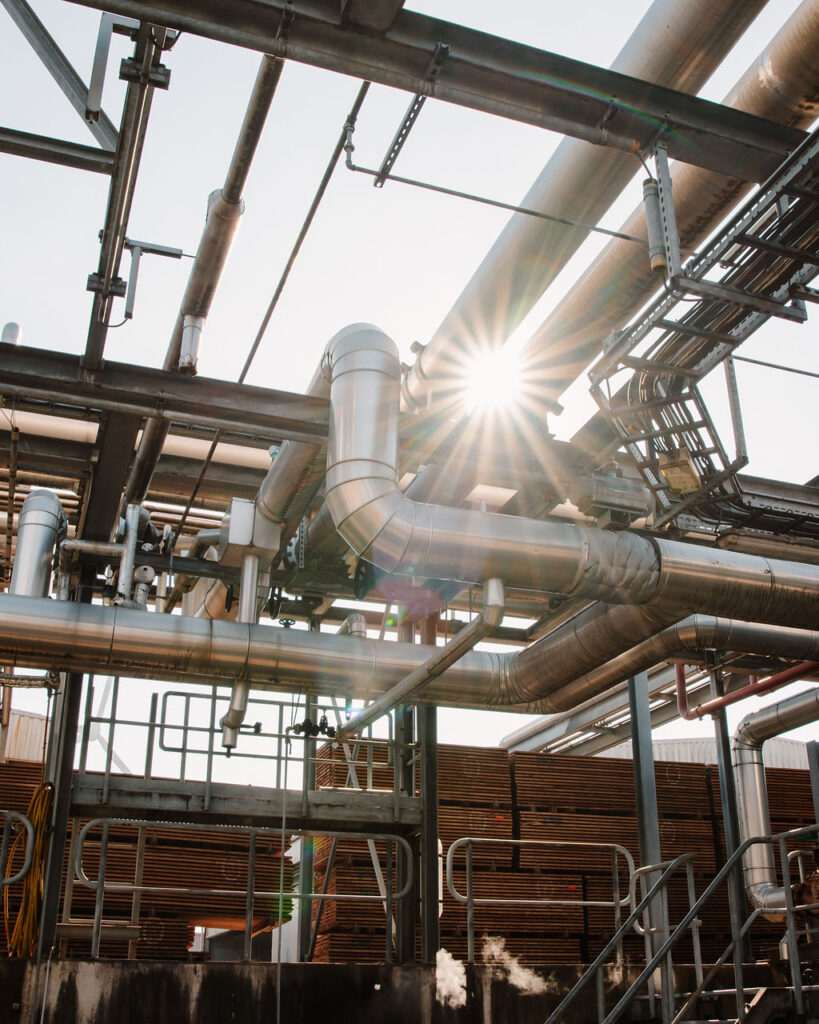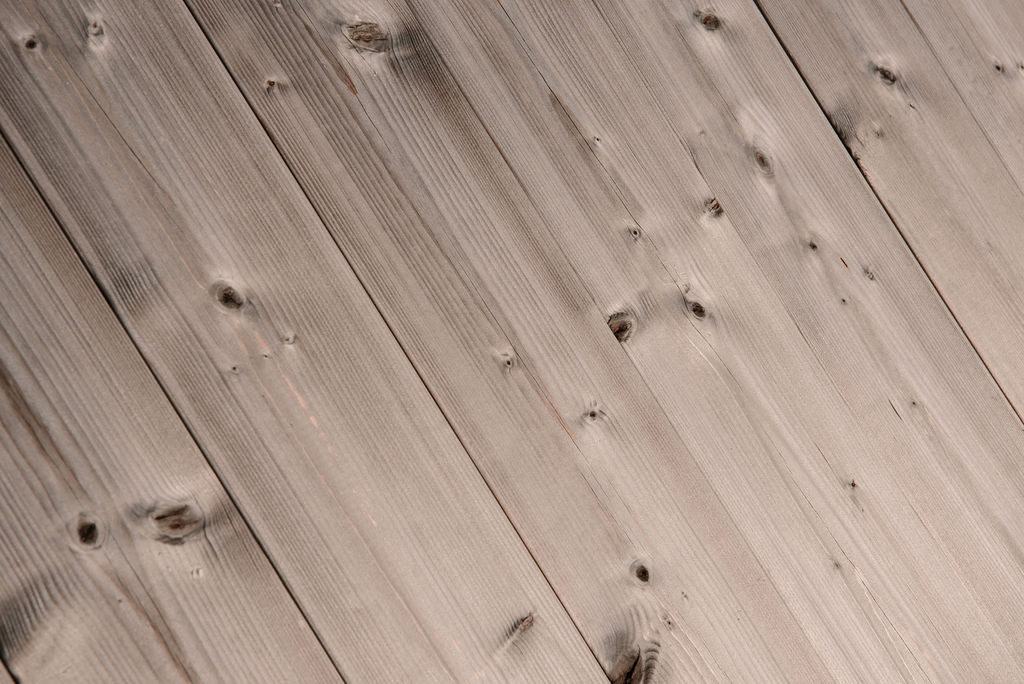Both thermal and hydro-thermal modification (the Platowood process) involve heating wood at high temperatures in an oxygen-poor environment, which causes chemical changes that reduce moisture absorption and improve dimensional stability—factors that contribute to increased durability of the wood. Thermally modified wood is also referred to as “thermowood.”
What’s the difference between thermal and hydro-thermal modification?
In hydro-thermal modification, the wood undergoes an additional step before the heating process: “cooking.” At Platowood, the wood is “cooked” in an autoclave under high pressure using saturated steam. This process increases the reactivity of the molecular structure, allowing the wood to be heated at relatively lower temperatures to achieve durability. This unique combination of cooking and heating is what we call platowooding. Platowood is the only wood processor that uses this specific modification technique.
The advantage of platowooding is that our wood becomes less brittle, which results in less material loss during installation. And that reduced brittleness comes with another benefit: Platowood is the only supplier that can deliver KOMO-certified window and frame wood made from fraké.
